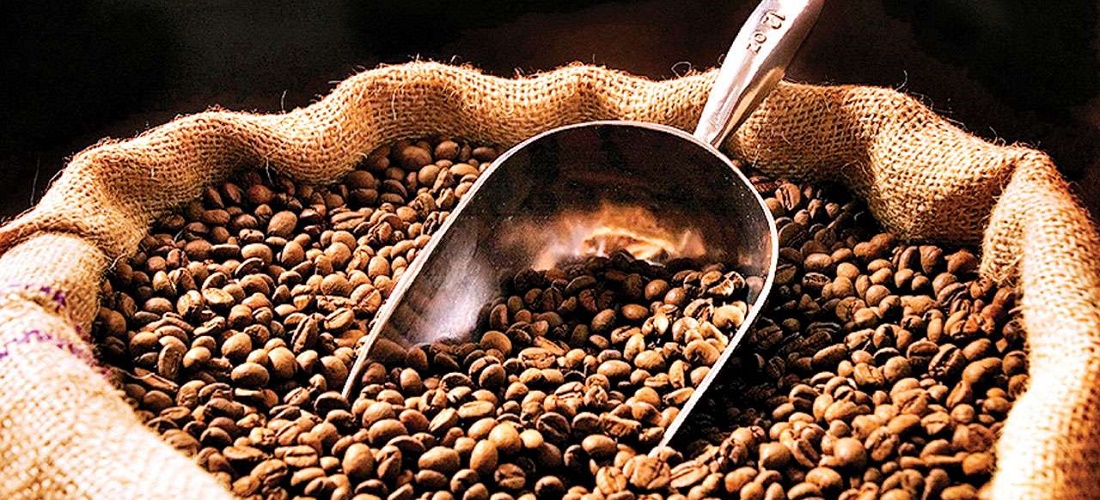
Revenues from Brazilian exports of coffee grew 5.2% YoY in May
Jun, 11, 2020 Posted by Sylvia SchandertWeek 202024
Data released by the Council of Coffee Exporters in Brazil, Cecafé, shows that in May Brazil exported 3 million bags of coffee including green, soluble, roasted, and ground coffee. The amount of foreign exchange revenue generated in May from these exports was US$370.7 million and the average price per bag was US$124.44, marking an increase of 5.2% year-on-year.
Looking at the performance by coffee type, robusta showed an increase of 4.7% in exports compared to May 2019, with 484,100 bags exported (16.3% of the share of exports by variety). Arabica coffee, on the other hand, accounted for 73.8% of total coffee exports during May, at 2.2 million bags, marking a 27.3% drop compared to the same period last year. Soluble coffee represented 9.9% of shipments, with 296,100 bags.
Year-to-date
From January to May 2020, Brazil exported 16.6 million bags of coffee, and there was a 19.2% growth in exports of robusta coffee (equivalent to 1.5 million bags) when compared to the same period last year. The foreign exchange revenue generated by coffee exports in the period was US$2.2 billion and the average price was US$133.06, registering an increase of 4.8% in relation to the first five months of 2019.
In 2020, the main destination for Brazilian coffee continued to be the United States, which imported 3.3 million bags from January to May (19.8% share of total exports). Germany, the second-largest consumer, imported 2.9 million (equivalent to 17.6% share of total exports), and Italy, the third-largest consumer, imported 1.5 million bags (8.8%).
Other significant importers were Belgium, with 1.1 million bags (6.9%); Japan, with 845,600 bags (5.1%); Russian Federation, with 533,400 bags (3.2%); Turkey, with 491,500 bags (3%); Spain, with 406,100 bags (2.5%); Canada, with 362,900 bags (2.2%); and France, with 323,400 bags (2.0%). The main importers, the USA and Germany, registered an increase of 2.2% and 2.5% respectively in comparison to the same period last year. In addition, the Russian Federation, Belgium, and Spain had significant growth in purchasing Brazilian coffee, when compared to the same period of 2019, growing 17.2%, 16.7%, and 11.1% respectively.
In relation to the main coffee exporting ports, the Port of Santos remains in first place with an 81.7% share (13.5 million bags shipped). Rio de Janeiro is second-placed, with an 11.9% share (1.9 million bags shipped).
The following graph shows Brazilian coffee exports year by year:
Graphic source: DataLiner (To request a DataLiner demo click here)
-
Automotive
Jan, 06, 2022
0
Agricultural machinery sales fall 15.9% in November compared to October
-
Meat
Feb, 09, 2023
0
Revenue from pork exports rise to us$ 212.4 million in january
-
Ports and Terminals
Sep, 06, 2021
0
WSJ: Port bottlenecks could extend through 2022
-
Ports and Terminals
Aug, 25, 2021
0
Port of Vitória receives first large ship at dawn


